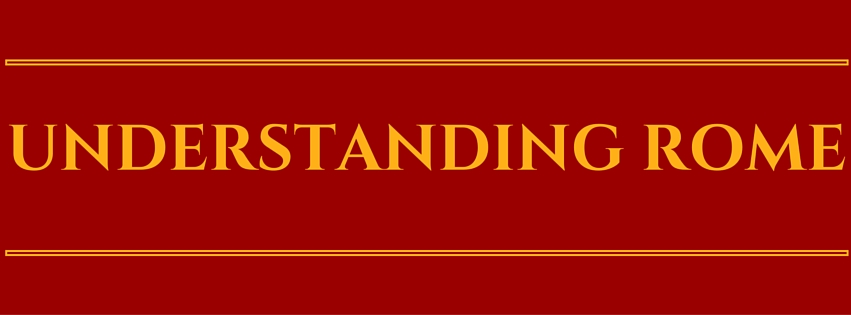In February I wrote a couple of posts about the church of the Gesù, and how the Baroque made bombastic use of dramatic “special effects” to wow the faithful (here and here). In the 1600s art was one of the many tools used in drawing them ever closer to the Roman Church, and away from the troublesome Protestants in Northern Europe who continued to seek to underminine the Pope’s cause.
The undoubted star of the Roman Baroque, and perhaps the mastermind behind Il Baccicia’s ceiling at the Gesù, was Gianlorenzo Bernini. The son of a sculptor who worked at the court of the illustrious Borghese family, Gianlorenzo was born into the business. Quickly recognised as a great talent by the Borghese, his career subsequently flourished over the course of various papacies. However Bernini’s career came crashing down after his disastrous involvement in the planning and building of two bell towers at St Peter’s. When one of them collapsed in 1641 he was protected from attacks by his patron, Urban VIII of the Barberini family. However when Urban died in 1644 the failed project, combined with the newly elected Innocent X’s antipathy towards anything associated with the Barberini, saw him cut loose. It was this fall from grace which led Bernini, by now in his late 40s, to be in a position to accept the commission from the Patriarch of Venice, Cardinal Federigo Cornaro, for his funerary chapel at the Roman church of Santa Maria della Vittoria c. 1647.

Ecstasy of St Teresa, Cornaro Chapel, Santa Maria della Vittoria
The central focus of the chapel is the sculpture of the Ecstasy of Saint Teresa of Avilà. Lying on a cloud, she throws her head back in abandonment as an angel with an arrow moves to pierce her chest. The group is set back in a niche and illuminated from above, golden rays emphasising the mysterious and divine nature of the light. This ‘divine’ light in fact comes from an external window. Whilst it is hidden from view within the chapel, it is clearly visible on the outside of the building, and when seen amid the roaring traffic of the Largo Santa Susanna is anything but mysterious.

Inside the chapel the source of the divine light is now visible, the oval window above the statue of St Teresa
The divine and unearthly scene within the niche is so strong that the very columns that frame it are pushed outwards, into the space of the chapel. It is as if the classical orders and the marble decoration simply cannot contain the force of her vision. This was the kind of manipulation of classical architectural rules which critics had in mind when they coined the term Baroque. Like many artistic terms it was first used as a term of abuse, deriving from the Portuguese barocco meaning a deformed pearl.
To the left and right of the scene, members of the Cornaro family are shown carved in relief in ‘opera boxes’. Behind the boxes a carved architectural setting suggests that the shallow space of the chapel in fact becomes a church within a church, illusionistic transepts stretching out to left and right. The family group includes the donor, his father Doge Giovanni Cornaro, and six Cornaro cardinals from the previous century. Therefore, of the eight figures engaged in contemplation and discussion of the scene before them, only one was alive at the time of the carving.

Cornaro Chapel, detail
The skeletons writhing in the inlaid floor emphasise this mortal aspect; this is of course a funerary chapel. The illustrious members of the Cornaro family are involved in the contemplation and discussion of a scene which only one of them is looking at directly. Their discussion of the Ecstasy of St Teresa has conjured up this dynamic communal vision, the force of which blasts open the ordered classical architectural elements.
The chapel as a whole is a three-dimensional picture which employs sculpture, relief, painting, stucco, and architecture. Bernini unites these media to provide the artistic expression of the new and confident spirituality of the Roman Church in the mid-17th century, dominated by the Jesuit order. Indeed Bernini was himself a Jesuit, and a follower of the “Spiritual Exercises”, a handbook on how to achieve spiritual ecstasy, just as St Teresa had, which had been written by the founder of the order, Ignatius Loyola.
I include this chapel in tours such as Bernini, Borromini, and the Spirit of the Baroque
Santa Maria della Vittoria, via XX Settembre 17
Open every day 7am to 12 noon, 3.30-7pm.


I was finally able to see this statute last month and loved having read your post before my visit. Great blog!!
thanks Engred!